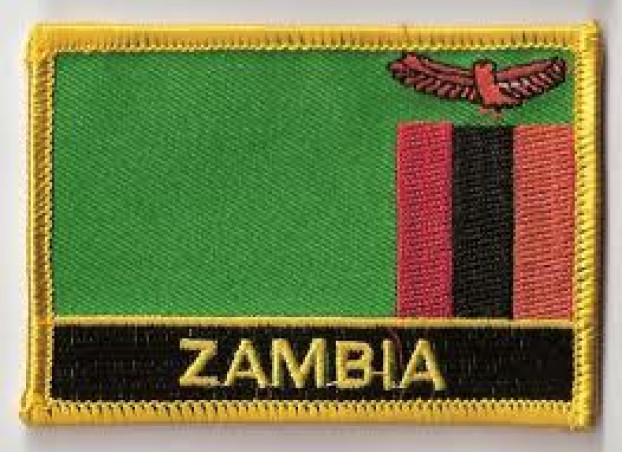Zambia’s mobile money usage grows to 14%

THE use of mobile phones for money transactions has grown to around 14 per cent according to a study conducted at the end of 2015.
Going by a US-based global research consultancy Intermedia, the country has registered impressive growth in this sector since 2009. According to a 2015 FinScope study, 11 per cent of Zambian adults own mobile money accounts with about 1.1 million adults using it for either sending or receiving money, buying airtime or paying bills.
Intermedia, a Washington DC-based global research consultancy, was tasked to conduct primary qualitative research late last year to complement the nationally representative findings of the Finscope Zambia. Intermedia director of research Colleen Learch said Zambians’ usage of mobile money has grown to around 14 per cent as of 2015, registering impressive growth since 2009. “We don’t know how much mobile money has grown since 2009 except that now it is at 14 per cent. That is a very impressive number given that it is very new.
What really captures us is that half of the population knows about it,” Learch said in an interview on Tuesday on the side lines of a breakfast meeting to announce Intermedia’s research findings. “It is a promising number and I feel that way because qualitatively, the people that are using it are really embracing it and finding more uses for it.”
She added that the growth in mobile money usage among Zambians offers significant opportunities to the banking sector and other financial sector players to exploit and tap into new markets. “Absolutely! Certainly, bank access and use has grown since 2009 in Zambia and the reason I feel there is opportunity for banks, for everyone in this market right now, because if you can help a consumer transcend any type of geographic limitations and distance from agents or from infrastructure; pay bills digitally, you will get their attention,” said Learch.
As a comparison to 2009 when the survey was first conducted, the 2015 study further revealed that more financial inclusion happened in rural areas, from 42 to 70.3 per cent, compared with urban areas from 34.4 to 50.1 per cent in 2009 and 2015 respectively.
More females were financially included from 33.9 to 57.4 per cent compared with males from 40.8 to 57.4 per cent. According to Intermedia and its cooperating partners namely Financial Sector Deepening Zambia (FSDZ) and the UN Capital Development Fund (UNCDF), a growing number of Zambians are no longer carrying cash, a factor that has caused a spike in increased usage of the mobile money platform.
SOURCE:THE POST
 Africas leading resource for digital financial services
Africas leading resource for digital financial services


comments